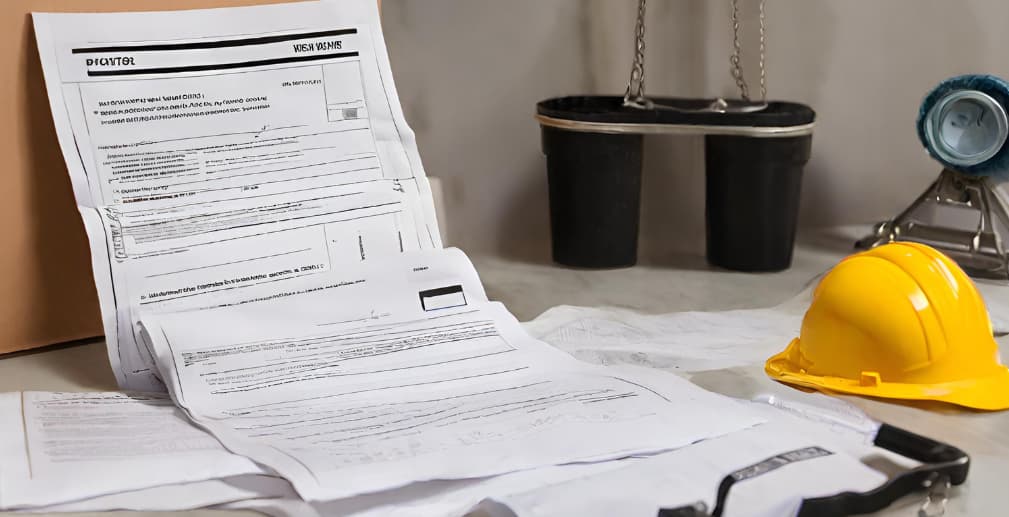OSHA Regulations and Construction Safety: What You Need to Know
Construction accidents can result in serious injuries, and in some cases, fatalities. OSHA regulations are designed to mitigate these risks by providing guidelines and standards for employers and workers to follow. However, when accidents happen, the expertise of a knowledgeable construction accident law firm Bronx can be invaluable in protecting workers’ rights and pursuing compensation for injuries.
What is OSHA?
The Occupational Safety and Health Administration, or OSHA, is a federal agency under the United States Department of Labor. Established in 1970, OSHA’s primary mission is to ensure safe and healthy working conditions for employees across various industries, including construction.
OSHA’s Role in Construction Safety
While OSHA covers a broad spectrum of workplaces, it places a specific emphasis on the construction industry due to the inherent risks associated with construction sites. Construction accidents can result in serious injuries, and in some cases, fatalities. OSHA regulations are designed to mitigate these risks by providing guidelines and standards for employers and workers to follow.
Key OSHA Regulations for Construction
Understanding OSHA regulations is crucial for maintaining a safe construction site. Here are some of the key regulations that play a significant role in preventing construction accidents:
Fall Protection (29 CFR 1926.501)
Falls are one of the most common causes of construction accidents. OSHA’s fall protection standard mandates the use of guardrails, safety nets, or personal fall arrest systems when employees are working at heights of six feet or more above lower levels. Proper fall protection measures significantly reduce the risk of injuries.
Hazard Communication (29 CFR 1926.59)
Clear communication of potential hazards is essential on construction sites. OSHA’s hazard communication standard ensures that workers are aware of the dangers they might encounter. This includes proper labeling of hazardous materials, safety data sheets, and employee training.
Scaffolding Safety (29 CFR 1926.451)
Scaffolding is a common feature on construction sites, but it can be dangerous if not used correctly. OSHA’s scaffolding standards outline the requirements for scaffold construction, use, and maintenance. Proper scaffolding ensures workers can perform tasks safely.
Electrical Safety (29 CFR 1926 Subpart K)
Electricity is a vital component in construction, but it can also pose severe risks. OSHA’s electrical safety standards cover various aspects of electrical work, including wiring, equipment, and installation. Compliance with these standards is crucial to prevent electrical accidents.
Excavation and Trenching Safety (29 CFR 1926 Subpart P)
Excavation and trenching are common activities on construction sites, but they can lead to cave-ins and other hazards if not properly managed. OSHA’s excavation and trenching standards provide guidelines for safe excavation practices, including protective systems and inspections.
Employer Responsibilities
Employers in the construction industry have significant responsibilities when it comes to OSHA compliance and construction safety. These responsibilities include:
- Providing a safe work environment that complies with OSHA standards.
- Ensuring employees have access to necessary safety equipment and training.
- Conducting regular safety inspections and addressing any hazards promptly.
- Maintaining accurate records of workplace injuries and illnesses.
By fulfilling these responsibilities, employers contribute to a safer work environment, reducing the risk of construction accidents and injuries.
Employee Rights
Workers in the construction industry also have rights when it comes to workplace safety. These rights include:
- The right to receive training on workplace hazards and safety procedures.
- The right to report unsafe working conditions to their employer or OSHA without fear of retaliation.
- The right to access information about workplace hazards and safety regulations.
It’s essential for employees to be aware of their rights and to exercise them to ensure their safety on the job.
OSHA Inspections and Penalties
To enforce compliance with its regulations, OSHA conducts inspections of construction sites. During these inspections, OSHA representatives assess whether employers are following safety standards and protocols. If violations are identified, OSHA can issue citations and penalties.
Penalties for OSHA violations can range from fines to citations, depending on the severity of the violation and whether it’s a repeat offense. It’s crucial for employers to take OSHA inspections seriously and rectify any issues promptly to avoid penalties.
OSHA Training and Resources
OSHA provides valuable training and resources to help construction industry professionals understand and comply with safety regulations. This training covers topics such as hazard recognition, fall protection, and electrical safety. Additionally, OSHA offers publications, videos, and online resources that can be accessed by both employers and employees in the construction industry.
Steps to Ensure OSHA Compliance
Maintaining OSHA compliance on a construction site requires a proactive approach. Here are steps that employers and workers can take to ensure OSHA compliance and prevent construction accidents:
- Stay Informed: Keep up-to-date with OSHA regulations and changes in safety standards.
- Provide Training: Offer regular safety training to all employees to ensure they are aware of potential hazards and how to mitigate them.
- Conduct Inspections: Regularly inspect the construction site for potential hazards and address them promptly.
- Use Proper Safety Equipment: Ensure that workers have access to and use the necessary personal protective equipment (PPE) as required by OSHA standards.
- Document Incidents: Maintain thorough records of workplace injuries and illnesses to ensure compliance with OSHA reporting requirements.
- Promote a Safety Culture: Foster a culture of safety where all workers prioritize their well-being and the well-being of their colleagues.
Conclusion
Construction accidents can have severe consequences, but OSHA regulations play a vital role in preventing these incidents. By understanding and complying with OSHA standards, employers and workers can create a safer construction work environment. Prioritizing safety not only helps protect the workforce but also ensures a smoother construction process overall. Compliance with OSHA regulations is a shared responsibility that benefits everyone involved in the construction industry.
